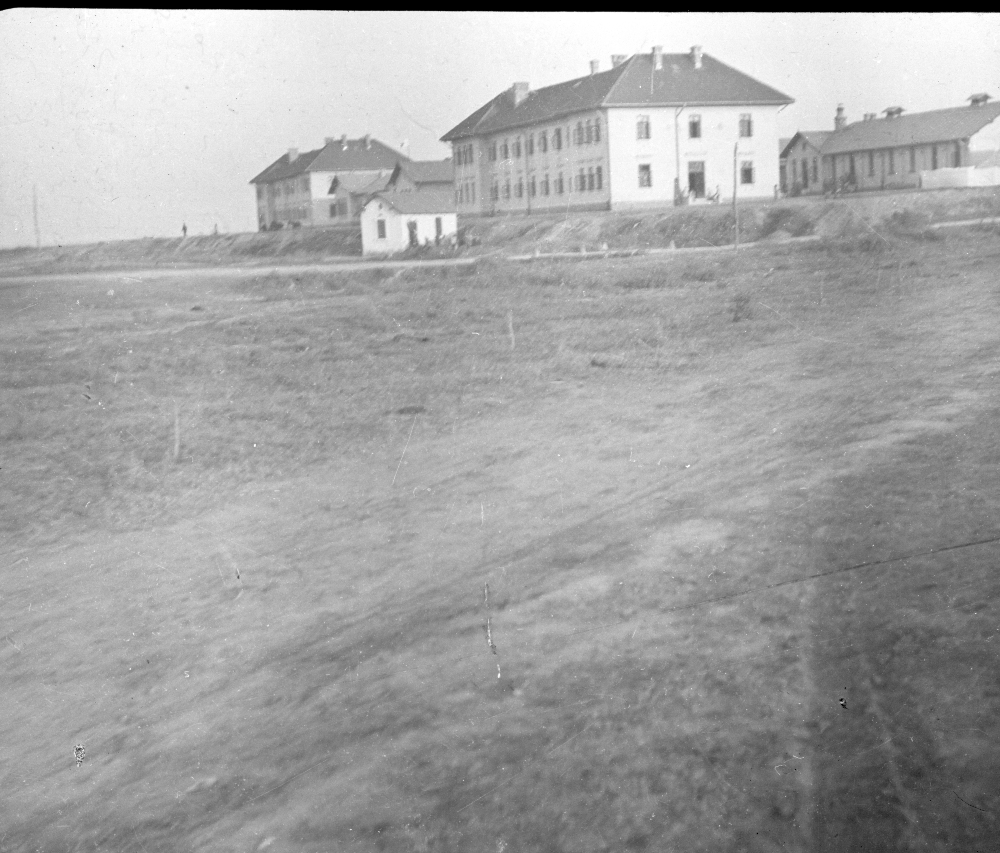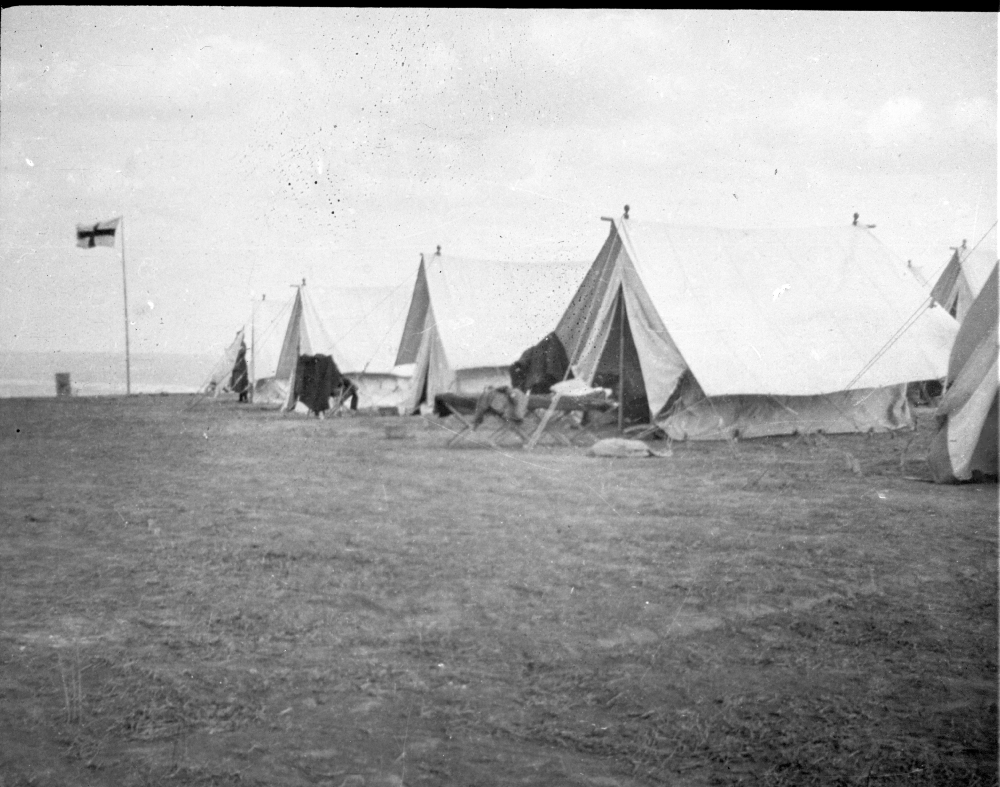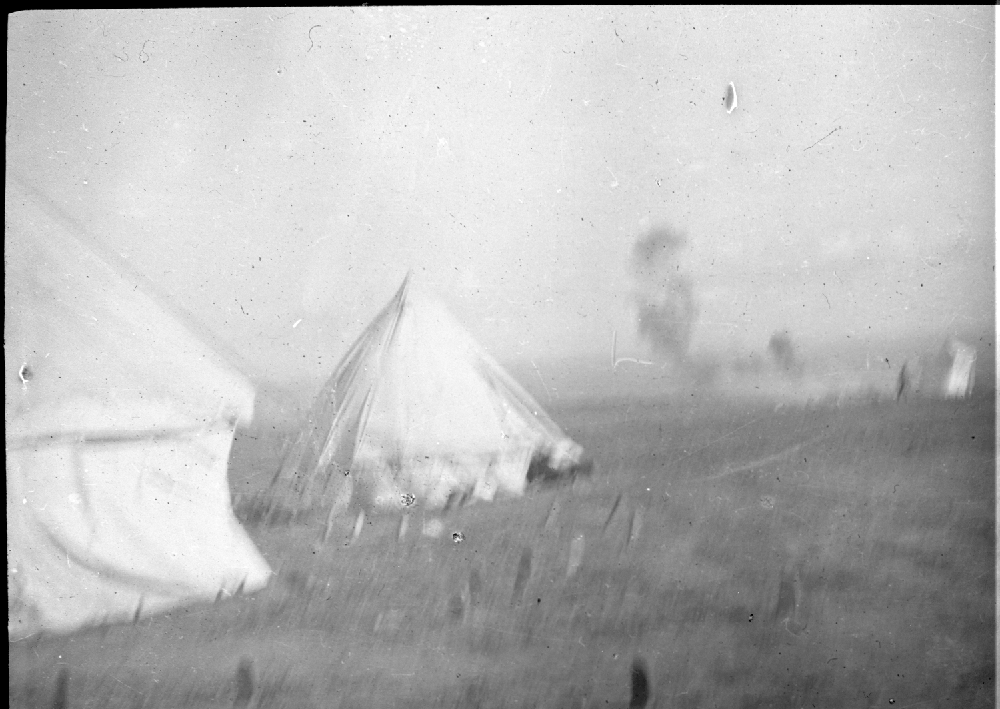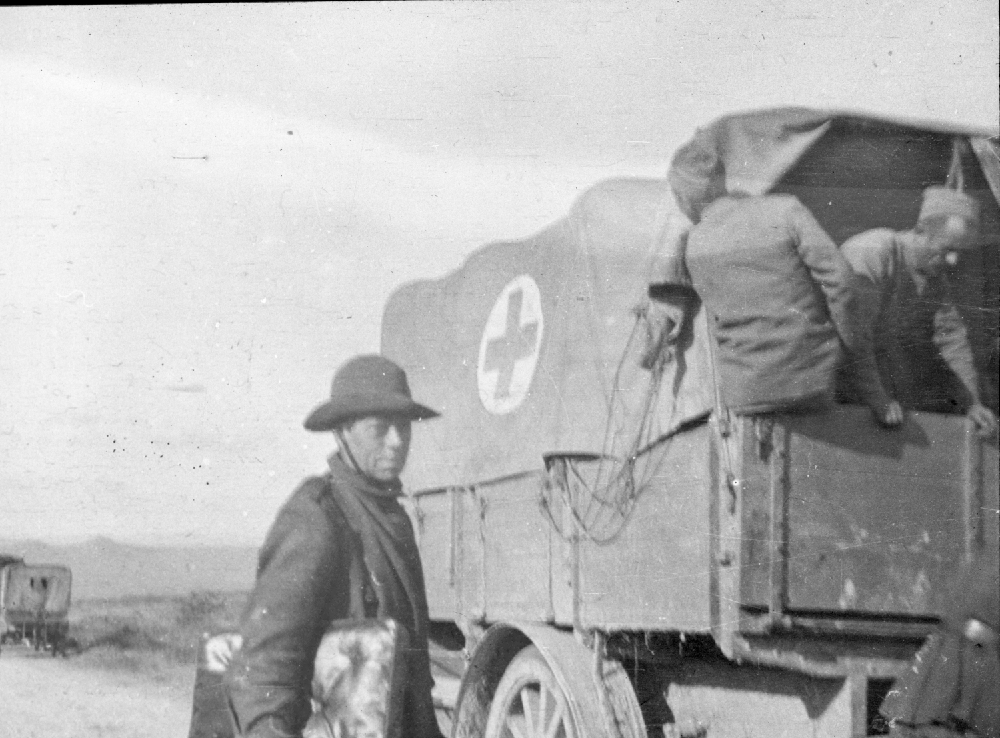The Scottish Women's Hospitals (SWHs) organisation was founded by Dr Elsie Maud Inglis (1864-1917) in 1914 at the occurrence of the First World War.
With the outbreak of the war in August 1914, Inglis offered her services to the RAMC at Edinburgh Castle and was famously told, 'My good lady go home and sit still'. She did not. She set about fundraising through her links with the Scottish Federation of Women's Suffrage Societies (SFWSS), and by October 1914, £1,000 had been raised for the first hospital in France - this was one of many which were to be established under the auspices of the SWHs.
Inglis initially approached the Belgian and French Red Cross authorities to offer help to treat the casualties of the escalating war, as the British establishment would not countenance her efforts until nearer the end of the war. Through the SFWSS, she had given lectures about the kind of help and hospitals she wanted to set up and asked for women volunteers to come and work with her, thus the Scottish Women's Hospitals were formed. Given the position of women in society at this time, these SWHs and casualty clearing stations were remarkable units as they were funded, organised, managed and staffed entirely by women. In Royaumont, France some men worked in the hospital – but only eight in the four years it was open. The vast majority of staff were and remained women, and it can undeniably be classed as a women’s endeavour.
All the administrators, nurses, surgeons, bacteriologists, cooks, engineers, drivers, orderlies and VADs were women working at the front line from November 1917 until the end of the war. SWHs were established in France, Serbia, Salonica, Romania, Corsica and Russia. As hospitals, they were well-regarded and many of the doctors, nurses and volunteers were awarded medals for their skills in caring for the wounded by the host countries after the end of the war.
This collection of glass lantern slides was created by staff at the Royal College of Nursing Education Department for educational purposes - slide shows and teaching - around 1930. They show candid snapshots of the SWH in Romania, including the camp under fire.
Image: Yvonne FitzRoy, an orderly or VAD of the Scottish Women’s Hospitals group in the centre in SWH uniform, Romania.



![Women of the Scottish Women’s Hospitals group docking after the voyage to [Archangel] Romania](https://www.rcn.org.uk/servicescrapbooks/-/media/Royal-College-Of-Nursing/Images/WW1-Images/Service-Scrapbook-Images/Lantern-slides/003.jpg)





















![Scottish Women’s Hospitals [on retreat?] in distance, Romania](https://www.rcn.org.uk/servicescrapbooks/-/media/Royal-College-Of-Nursing/Images/WW1-Images/Service-Scrapbook-Images/Lantern-slides/025.jpg)


